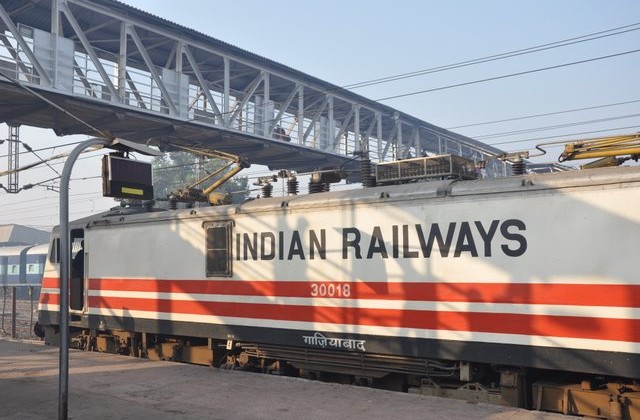Public Sector
Organization- Departmental Sector
Indian railways are a state-owned railway company, responsible for rail transport in India. Indian railways were founded on 16thApril, 1853. The headquarters of Indian railway is in New Delhi. . It is owned and operated by the Government of India through the Ministry of Railways. There was no specific law or registration required to start the Indian Railways.
The Indian railways is wholly owned, managed and controlled by the government of India. Indian railways are controlled by the executives who are appointed by the government. The main objective of Indian railways is to render services to the public and many employment opportunities are generated by Indian railways.
As Indian railways are financed by the government, they have to give the information of utilization of funds by their departments to the government. Indian railways are financed by the government through budget. Indian railways operate in conditions of monopoly. An Indian railway follows the order from the top level to the lower level management. Indian railway is the fourth largest railway in the world.
The daily revenue receipt of Indian railway is on average INR 450 cr. 70% of Indian railway expenditure goes to meet the salary of its staff and the pension to the retired employees. 15% is spent on the maintenance of the assets. The remaining amount is contributed to the Government treasury acting as a source of revenue to the government.
Indian Railways are accountable to the Parliament and the public. Hence, this ensures proper utilization of the funds. The government is more effective in implementing their policies, programmes and objectives since it has direct control over the Indian Railways. The government can also control the information that is being distributed among the public maintaining secrecy.
Thus it is ensured that only the qualified staff looks after the functioning. Indian Railways is responsible for the maintenance of the trains, goods and other services.
Indian
Railways is an example of departmental organization and has been functioning for
more than 100 years. During these years, they have experienced various
drawbacks. If Indian Railways wants to make any decision, they take more time as the control is in
the hands of minister. Indian
railways are under the Government of India and hence the ministers and government officers, interfere
in the decision making, which is a problem for such organization. The
Government of India provides the funds to Indian Railways from government
treasury and hence they have no
financial freedom.
If there are changes in the government and their policies
then such organisation have to suffer. Indian Railways fail to provide flexibility which is essential for the smooth
operations of business as it is under the control of ministry. Sometimes
departmental organisations are insensitive
to customers need and do not provide adequate services to them. Indian
railways face the fear of criticism and
there are also frequent transfers of staff members which affect the efficiency of the management of the
organisation. Railway employees lack
motivation as the organisation has no power to use its revenue.
Name few features of Public Sector Company.
Share few more examples of Public Sector Company.
What are the demerits of departmental organization?
What are the various places that need improvement with reference to Indian Railways?
What are the merits of departmental organization?
How have Indian Railways changed in terms of its functioning?



No comments:
Post a Comment